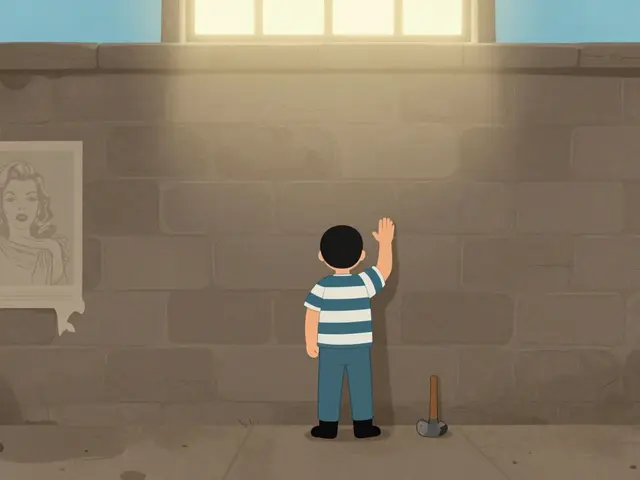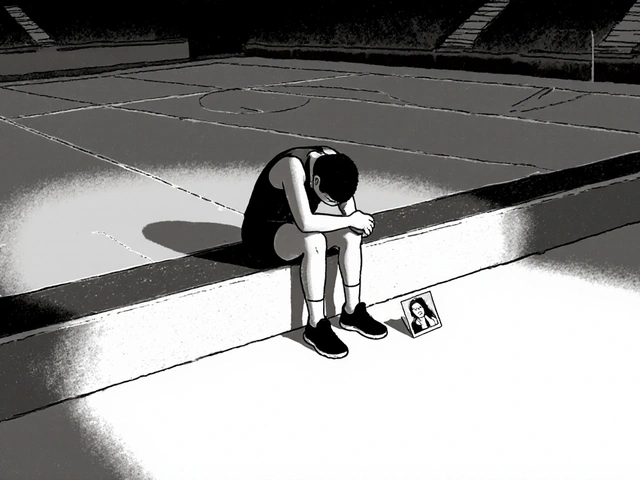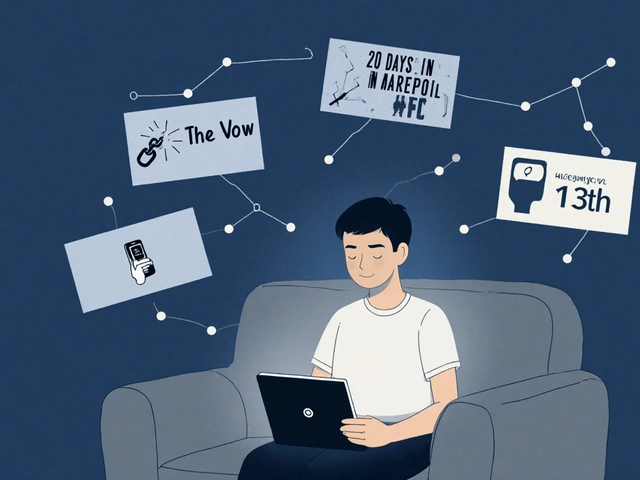Cinematic Truth: What It Means and How Films Reveal It
When we talk about cinematic truth, the quality of a film that feels authentic even when the story is fictional. Also known as emotional realism, it’s what makes you believe in a character’s pain, even if you know the scene was scripted. It’s not about recording real events—it’s about capturing something true about people, relationships, or human behavior. A movie can be completely made up and still feel more real than a news clip.
Think of documentary style, a filmmaking approach that mimics real-life observation to build trust with viewers. Also known as observational cinema, it’s used in everything from indie dramas to blockbuster thrillers to make fiction feel like testimony. Directors use shaky cameras, natural lighting, and unpolished dialogue not because they can’t afford better gear, but because it signals: this matters. The same technique shows up in realism in cinema, a broader movement that prioritizes believable behavior over dramatic flair. Also known as slice-of-life filmmaking, it’s why you remember a quiet moment between two characters more than a car chase. These aren’t just aesthetics—they’re tools for connection.
Some films cheat. They use music to tell you how to feel. Others let silence do the work. That’s where narrative honesty, the commitment to a story’s internal logic and emotional consistency. Also known as truthful storytelling, it’s what separates films that linger from those you forget by breakfast. Aaron Sorkin’s fast-talking characters? They’re exaggerated, but their conflicts feel real. Quentin Tarantino’s violence? It’s stylized, but the guilt that follows isn’t. Even horror films like those at Fantastic Fest or the intimate moments in Fellini’s 8½ use cinematic truth to make fear, doubt, or creativity feel tangible.
You won’t find cinematic truth in perfect lighting or flawless edits. You’ll find it in the hesitation before a line, the crack in a voice, the way a camera lingers too long on an empty room. It’s the difference between watching a story and feeling like you’re eavesdropping on life. The posts here don’t just talk about technique—they show you how real stories are built, whether it’s through editing choices, performance direction, or the quiet decisions that make a scene stick.
6
Rashomon and the Unreliable Narrator: How Kurosawa Changed Cinema with Truth That Doesn't Add Up
Akira Kurosawa's Rashomon shattered cinematic norms by showing that truth isn't absolute - it's shaped by memory, pride, and fear. Four conflicting accounts of one crime reveal how humans rewrite reality to protect themselves.
Latest Posts
Popular Posts
-
 How to Expand Storage on Fire TV with USB Drives and Manage Apps Better
How to Expand Storage on Fire TV with USB Drives and Manage Apps Better
-
 IMDb’s Top 250 Explained: Why The Shawshank Redemption Still Reigns
IMDb’s Top 250 Explained: Why The Shawshank Redemption Still Reigns
-
 How to Find All Your Streaming Subscriptions and Stop Overpaying
How to Find All Your Streaming Subscriptions and Stop Overpaying
-
 How Roommates Can Fairly Share Wi-Fi and Streaming Costs
How Roommates Can Fairly Share Wi-Fi and Streaming Costs
-
 Four Weddings and a Funeral Review: Why It’s Still the Gold Standard of ’90s Rom-Coms
Four Weddings and a Funeral Review: Why It’s Still the Gold Standard of ’90s Rom-Coms



